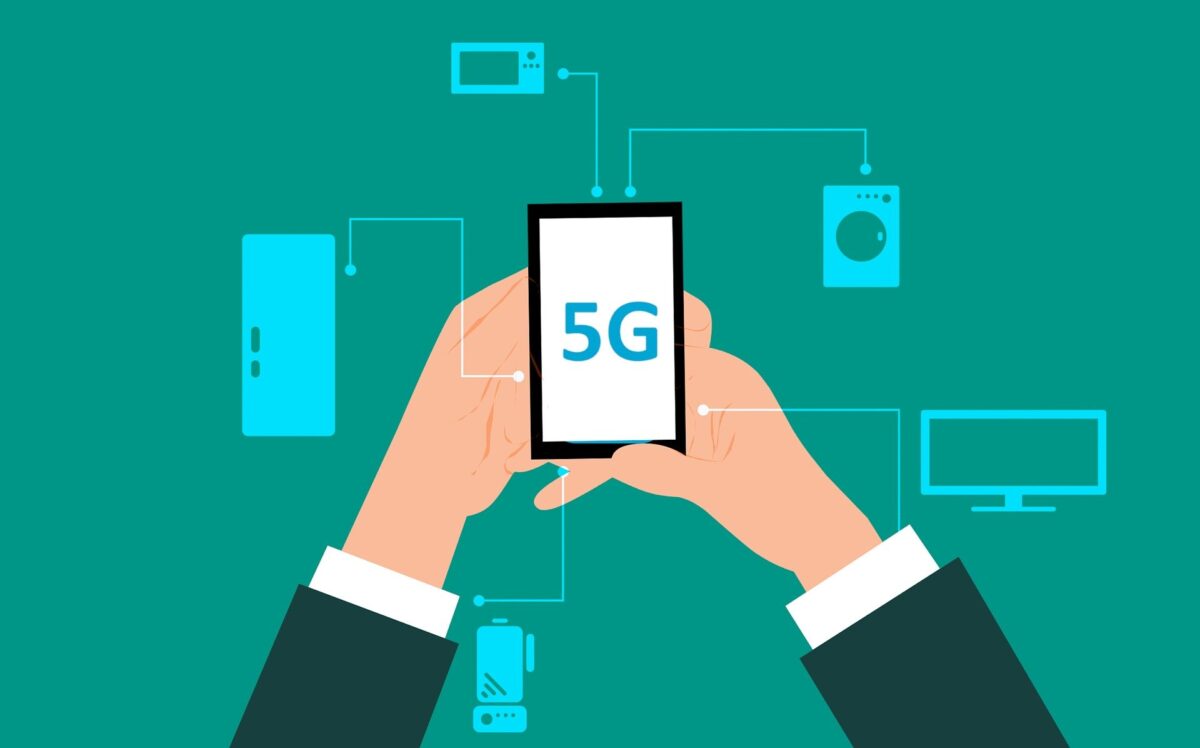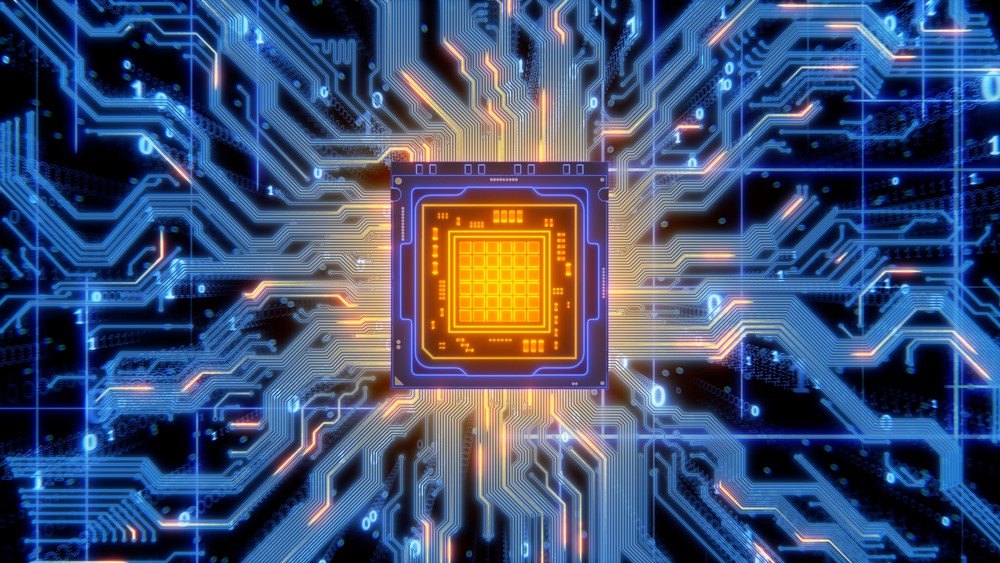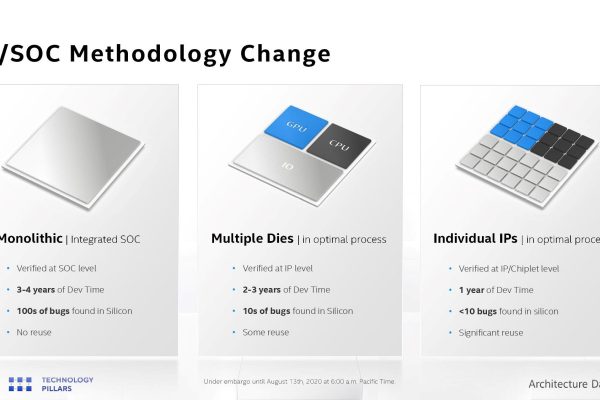Communications including 5G will drive the components market
According to IC Insights, the communication sector’s share of integrated circuit sales reached 35% in 2020 and is expected to grow to 36.5% by 2025. For perspective, the automotive sector’s share of integrated circuit sales was 7.5% in 2020 and will grow to 9.8% by 2025 – significantly less than communications.
Industry tailwinds
What’s driving such high demand for ICs in the communications sector?
There are four big tailwinds:
- 5G
- Edge computing
- Internet of Things
- AI (artificial intelligence), MI (machine learning) and data analytics
5G
5G is the main driver for component demands with 5G infrastructure rollout happening slowly, but surely. We are nowhere near a complete version of 5G, and networks are in a race against time to deliver a reliable service.
The first step for networks is replacing low-band 4G spectrum, followed by mid-band spectrum that uses 2.5, 3.5 and 4.5 GHz, enabling faster data speeds. The final step is the rollout of millimetre wave, which enables true 5G speeds. Millimetre wave also happens to be a precursor for next generation 6G.
On top of 5G infrastructure rollout you have more 5G-enabled devices coming to market, such as smartphones, tablets, and laptops. Smartphones. in particular, are leading the way for 5G adoption, putting faster data in our hands.
The rapid growth in IC demand in the communications sector also stretches to other components like modems, memory, and antennas. 5G isn’t just an IC boon – it’s a boon for all the electronic components needed for 5G.
Edge computing
Second to 5G we have edge computing, which by a miraculous twist of fate is needed to deliver a 5G experience (and needs a whole lot of components).
Edge computing puts computing capabilities relatively close to end users and/or IoT endpoints. In doing so, it reduces latency, while 5G delivers faster data speeds, providing a seamless experience on certain devices.
Internet of Things
IoT describes a network of connected smart devices that communicate with each other. For example, a vital sign monitor in a hospital could communicate with medicine dispensers and automate medicine dosages for doctors.
The Internet of Things has been talked about as a trend for several years, but we now have real applications that are useful.
AI (artificial intelligence), MI (machine learning) and data analytics
AI (artificial intelligence), MI (machine learning) and data analytics require enormous, powerful data centres to power them. These data centres require significant investment in chips, memory, and other electronic components.
Also, AI, MI and data analytics need cloud computing, edge computing and in some cases 5G to deliver a real-time experience.
The future
By 2025, the communications sector is forecast to have a 36.5% usage share of integrated circuits, making it the biggest consumer of semiconductors.
Demand for integrated circuits, discrete circuits, optoelectronics and sensors will grow to an all-time highs thanks to the industry tailwinds in this article. The future is bright, but to stay ahead, a robust supply chain will be needed.
Electronic components distributors like Lantek Corporation are helping supply the demand, while the communications sector battles to secure chip orders.




